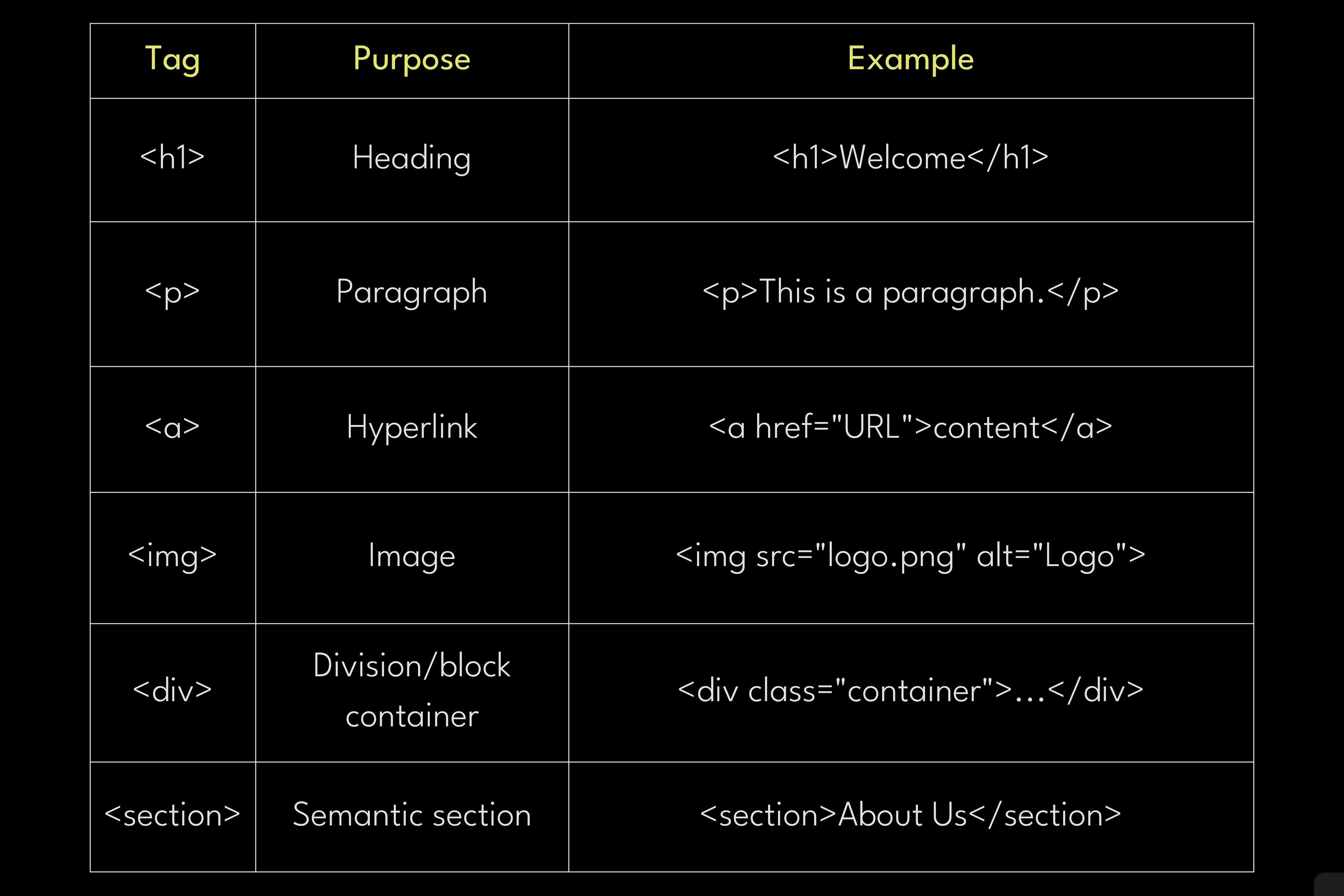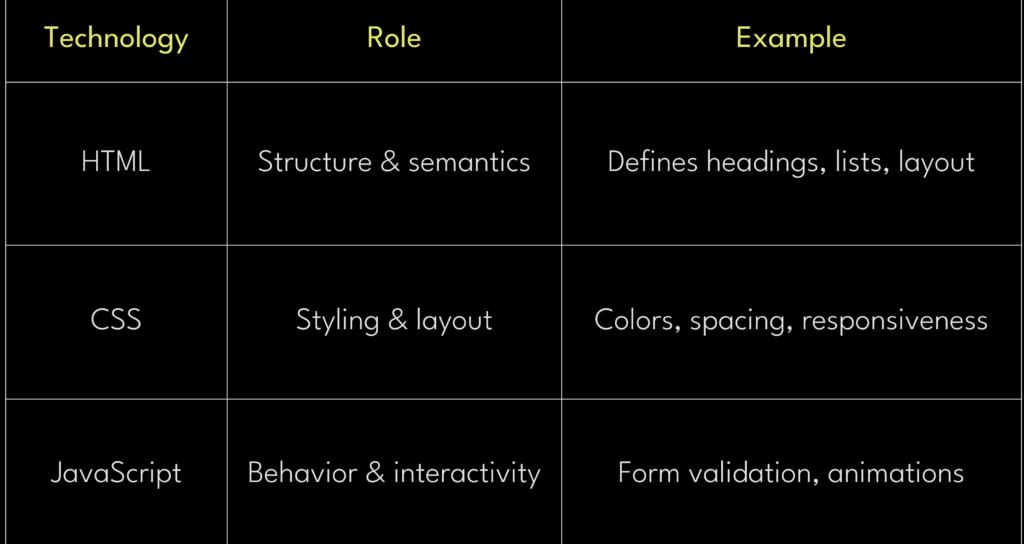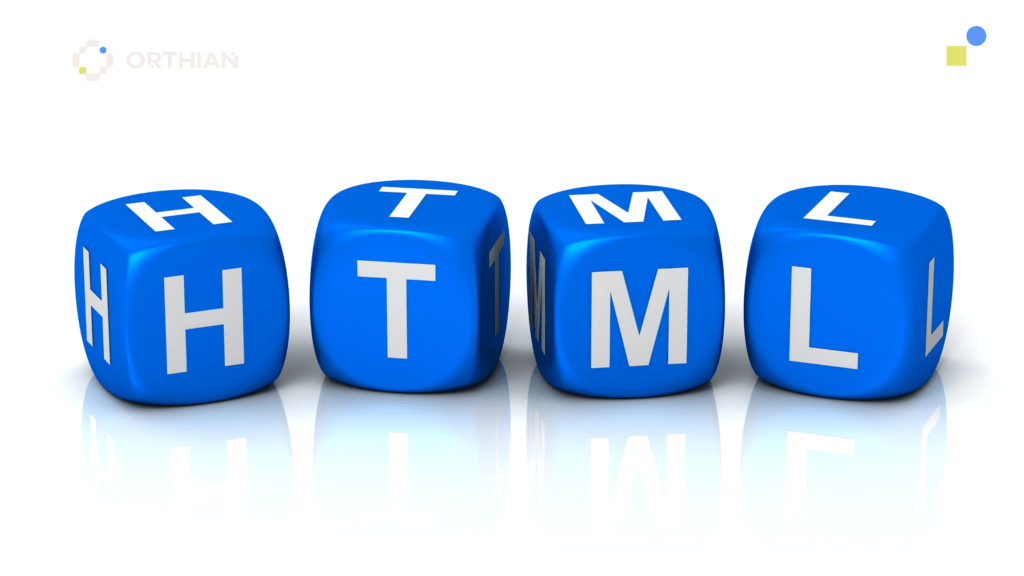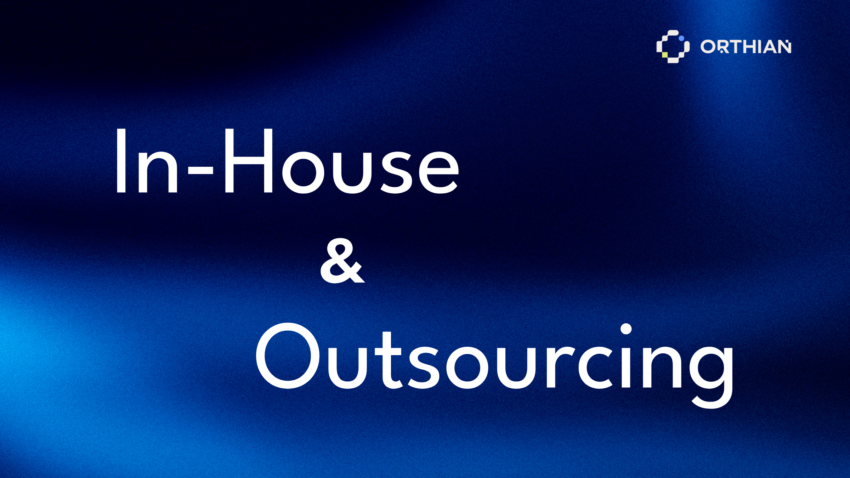Discover what HTML is, how it works, and why it’s essential in every digital product. Learn how Orthian applies it in modern web development.
Every website you’ve ever visited, no matter how complex or beautiful, starts with HTML. While other technologies bring interactivity and style, HTML is the skeleton of the web, defining its structure and meaning.
But what exactly is HTML? And why does it still matter in a world full of frameworks, APIs, and cloud-native systems? This article explains HTML in plain terms, explores its core principles, and shows how Orthian uses it as part of building scalable, accessible digital solutions
1. What Is HTML?
HTML (HyperText Markup Language) is the standard language used to create and structure content on the web. It defines how text, images, links, buttons, and other elements appear and behave in a browser.
Unlike programming languages, HTML is a markup language, meaning it annotates content rather than performing logic or calculations. Web browsers interpret HTML files to display structured documents to users.
HTML is maintained by the World Wide Web Consortium (W3C) and is currently at version HTML5, which introduced support for multimedia, semantic elements, and cross-device responsiveness.
2. Key Elements and Syntax in HTML
HTML is built using tags that wrap around content to give it structure and meaning. Here’s a quick look at essential elements:

3. Where Is HTML Used in Business Applications?
HTML is present in nearly every digital product or service that includes a user interface. Common use cases include:
- Company websites
- Web applications
- Landing pages for marketing or campaigns
- Email templates (HTML-based)
- Internal dashboards and CMS interfaces
From mobile-responsive websites to complex SaaS platforms, HTML remains a non-negotiable layer in user experience design.
HTML vs Other Front-End Technologies
HTML works in tandem with CSS and JavaScript, but they play different roles:

5. Best Practices When Writing HTML
At Orthian, we follow modern HTML development principles that ensure accessibility, performance, and scalability:
- Use semantic tags like
<section>,<article>,<nav>for better SEO and screen reader support - Always include
alttext for images for accessibility - Minimize nesting to keep code clean and maintainable
- Keep content and layout separated (don’t use inline styles)
- Validate HTML using W3C tools to avoid rendering issues
Good HTML makes sites load faster, rank better, and reach wider audiences including those with disabilities.
6. How Orthian Uses HTML in Projects
HTML is the backbone of the front-end systems we build at Orthian. Whether it’s a B2B dashboard, an e-commerce storefront, or an internal management tool, HTML ensures that what users see and interact with is accessible, responsive, and consistent.
Real-world implementations include:
- Client portals for secure access to operational data
- Dynamic content platforms built on headless CMS
- Custom UI frameworks for admin interfaces and dashboards
- SEO-optimized landing pages for growth and campaigns
By combining clean HTML with modern design systems and performance-first practices, Orthian delivers digital experiences that scale.
Conclusion
HTML might not be flashy, but it’s fundamental. It’s the starting point of every digital interface, the structure beneath every pixel, and the common language that ties the web together.
At Orthian, we embrace HTML not just as a tool, but as a discipline, building well-structured, scalable, and accessible web applications that meet the demands of modern business.
Check out more knowledge from Orthian below:






